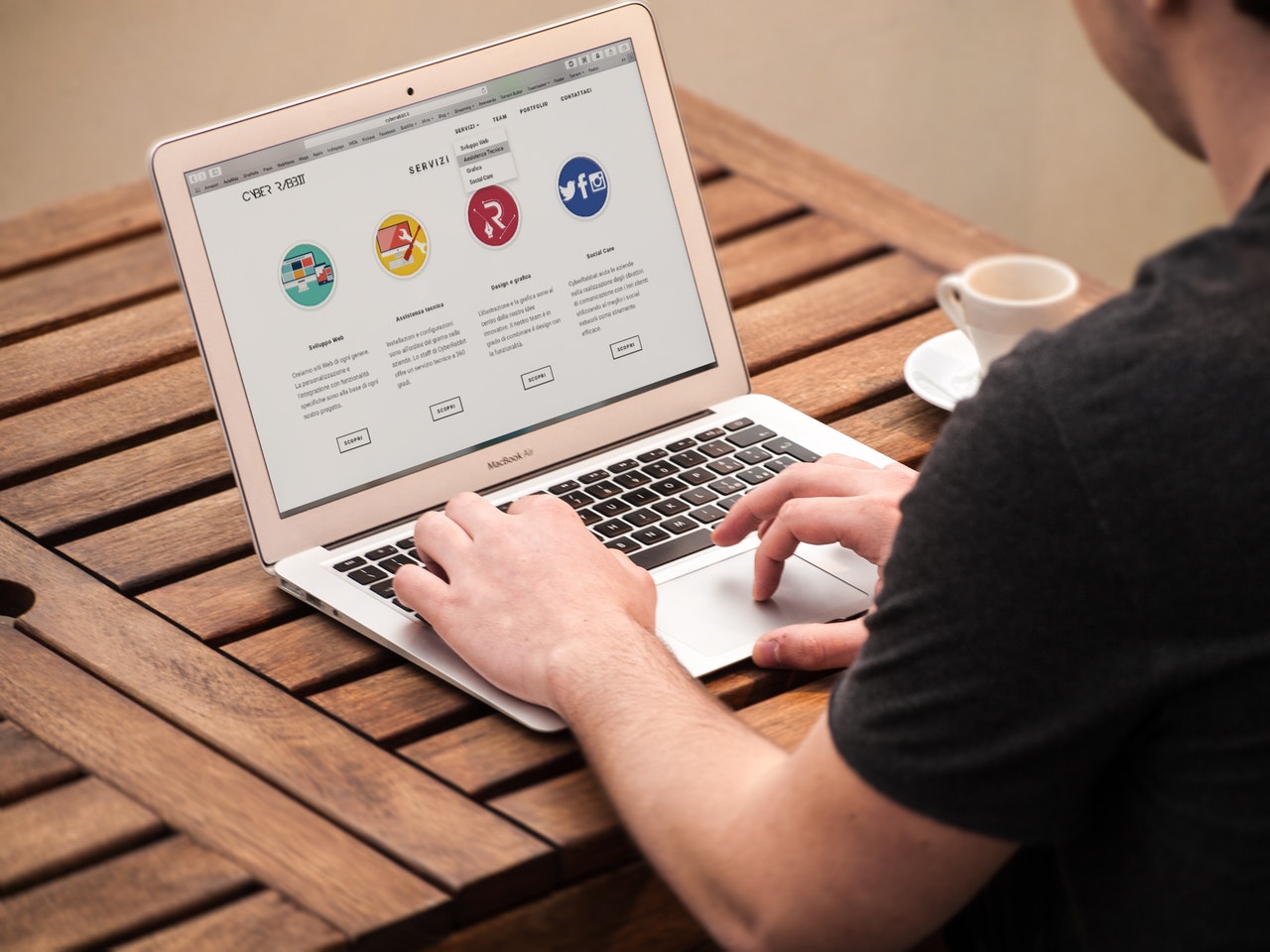
These days, it seems like people from all walks of life are using apps on their phone – young, old, rich, poor, etc. People with disabilities are another one of these categories who, like everyone else, rely on their phones on a daily basis, but unfortunately, the needs of this market aren’t always considered. By making your app more accessible, you won’t just be contributing to a fairer world for these people – you’ll also be opening up your app to a whole new audience.
In this article, we’ll go through what accessibility and disability really mean, and go over some of the design features you can include to make your app accessible to as many people as you can.
Why should an app be accessible?
If you design anything, particularly an app, you have to make sure you aren’t assuming your target audience will just blindly consume whatever you create. Every user will have a unique set of needs and preferences – some of which require addressing before they can even open your app. Even beyond conditions like blindness or deafness, there are many impairments that aren’t technically disabilities; things like vertigo, dyslexia, and a need to wear glasses can massively impact how a potential user can interact with your creation.
Therefore, it isn’t reasonable to assume that you’re making an app for a ‘normal’ user, because normal doesn’t really exist! Instead, you should get feedback from a wide pool of people on what they require or simply what they prefer an app to have in terms of accessibility – the answers might surprise you.
Is accessibility just for people with disabilities?
You can well imagine now that disability isn’t nearly as simple as lots of people assume it is – just because a person doesn’t have a mobility device or service dog, it doesn’t mean that they don’t contend with some kind of condition. Lots of disabled scholars actually define disability less through their physical struggles and more through the difficulties set up for them by society. For example, a person who requires a wheelchair would have fewer mobility issues if pavements were consistently wider and elevators were more commonplace.
This perspective can be useful when you’re trying to design an app with accessibility in mind; your choices could mean the difference between a disabled person feeling voiceless, or feeling heard and acknowledged. Even the most seemingly minor features can make a world of difference for someone who needs them.
What rules can I follow to make my app more accessible?
If you want to design an app that a wide range of people can use, you can consider implementing some of these features along the way – all of them are fairly straightforward, and lots are just common sense!
- Ensure that the written content of your app is easy to read, with simple English, no niche jargon, and short sentences (lots of people have a low level of literacy, and dense blocks of text can make an app entirely unuseable depending on their abilities)
- According to this top website design agency, you should format all of your text to be a large enough font size for most people to read (14pt is a good baseline for most users)
- Don’t make users remember strings of information between screens in order to use the app, as this could become a barrier for any users with disabilities like memory loss or learning difficulties
- Keep fonts simple and clear – overly complicated and curly fonts can be hard to decipher for those with dyslexia or visual impairments
- Make button placement consistent across all of the pages of your app – while this might be common advice for app design in general, it can also be enormously helpful for users with a visual impairment who rely on the relative placement of buttons to navigate apps
- Stay away from requiring precise gestures for navigation, as these might be hard to perform for users with physical motor limitations, finger loss, or conditions like dyspraxia
- Avoid using sounds if they aren’t in conjunction with a vibration or visual marker (hard of hearing users may miss these alerts entirely)
- Don’t just use colour to signal a certain effect or feature, as users with certain types of color blindness may not be able to identify these visual cues
- Ensure that your app is optimised for desktop as well as mobile – many people rely upon tablet or desktop accessibility
You won’t run into any extra trouble implementing these features, and will really open your app up to a whole new market of people who otherwise wouldn’t have been able to use it. But if you want to go further, there are some advanced features that you could consider making a part of your app!
- Make transcriptions of audio or video content available for users
- Allow for keyboard only controls to be used when accessing your app
- Provide accurate, concise, and easy to understand alt text descriptions on images and videos for users who are visually impaired and utilise text to speech software
- Make use of ARIA attributes when designing pages, as this can be helpful to screen reader users
- Let the user choose a white on black mode – the higher contrast can assist visual impairment, while a darker background can help those with migraines or an intolerance for high brightness
- Make multiple font sizes available to suit a range of visual ability
By making these features available to users with disabilities or additional needs, you’ll also be signalling to all of your users that you’re an inclusive and disability friendly company. In addition to helping your brand image, this may also attract more disabled users who appreciate your consideration of their needs. After all, all customers like to feel valued, and for a group of people who are often ignored or disregarded, these accommodations can mean more than just convenience.
Bio:
“Hi, I am Mohd Zaid Mansoori, a teenage Content Marketer, Designer, Digital Marketer, and Tech Enthusiast from Uttar Pradesh, India. I am a student who is also a freelancer and is working on some Awesome Websites like InnovationFunda.”




